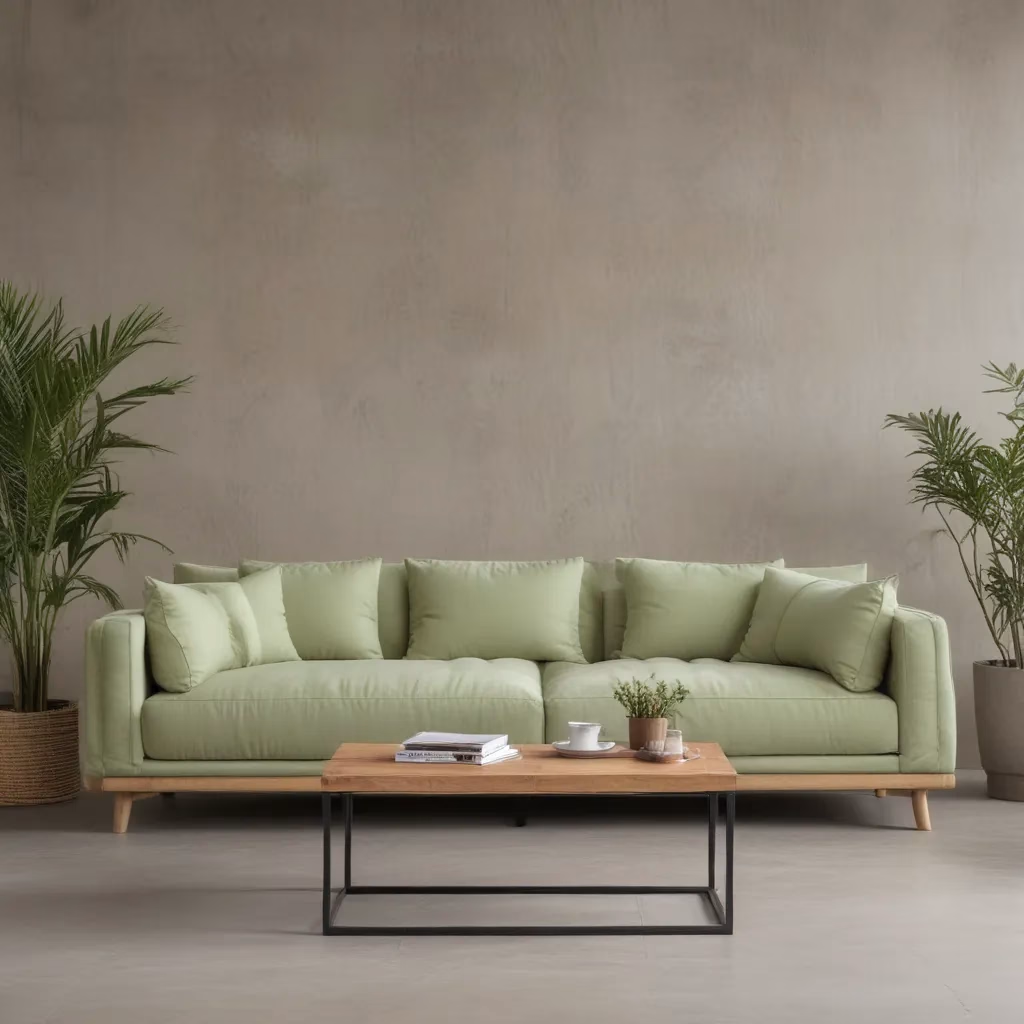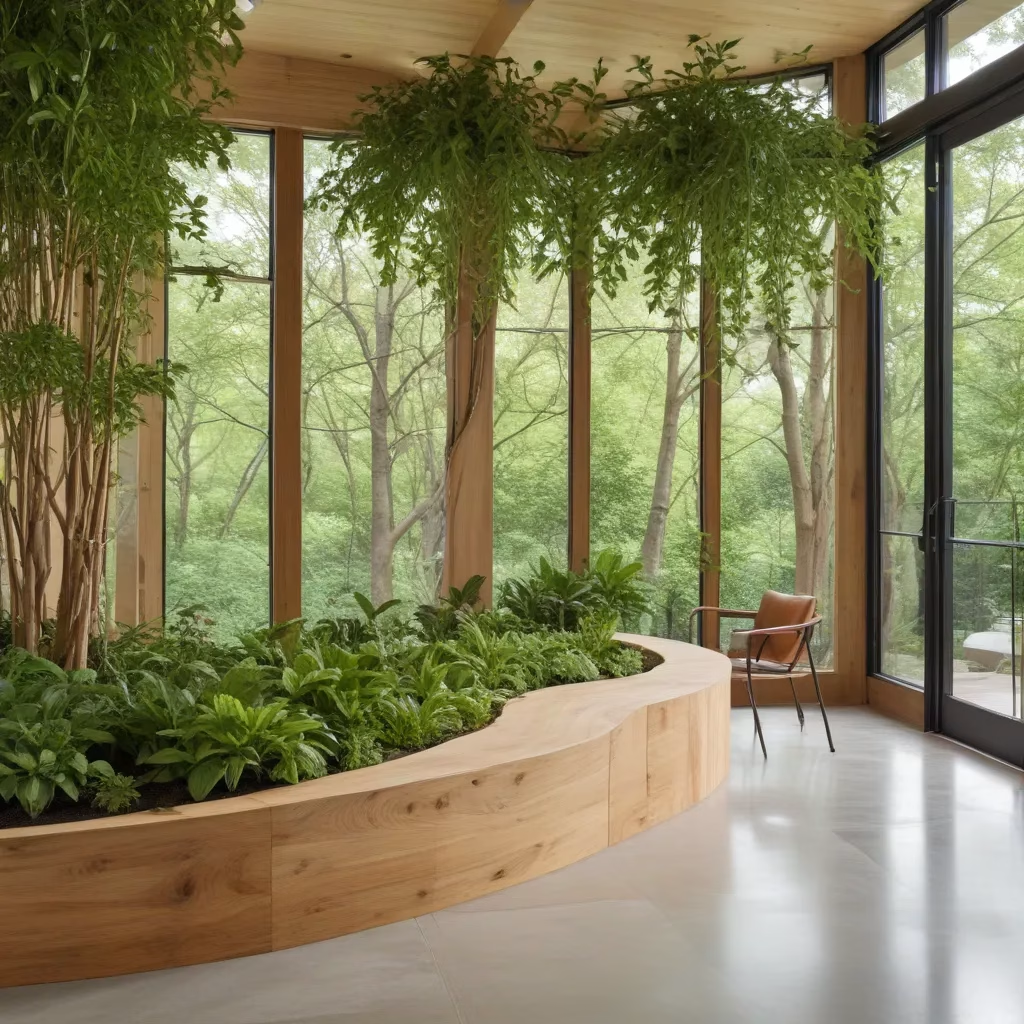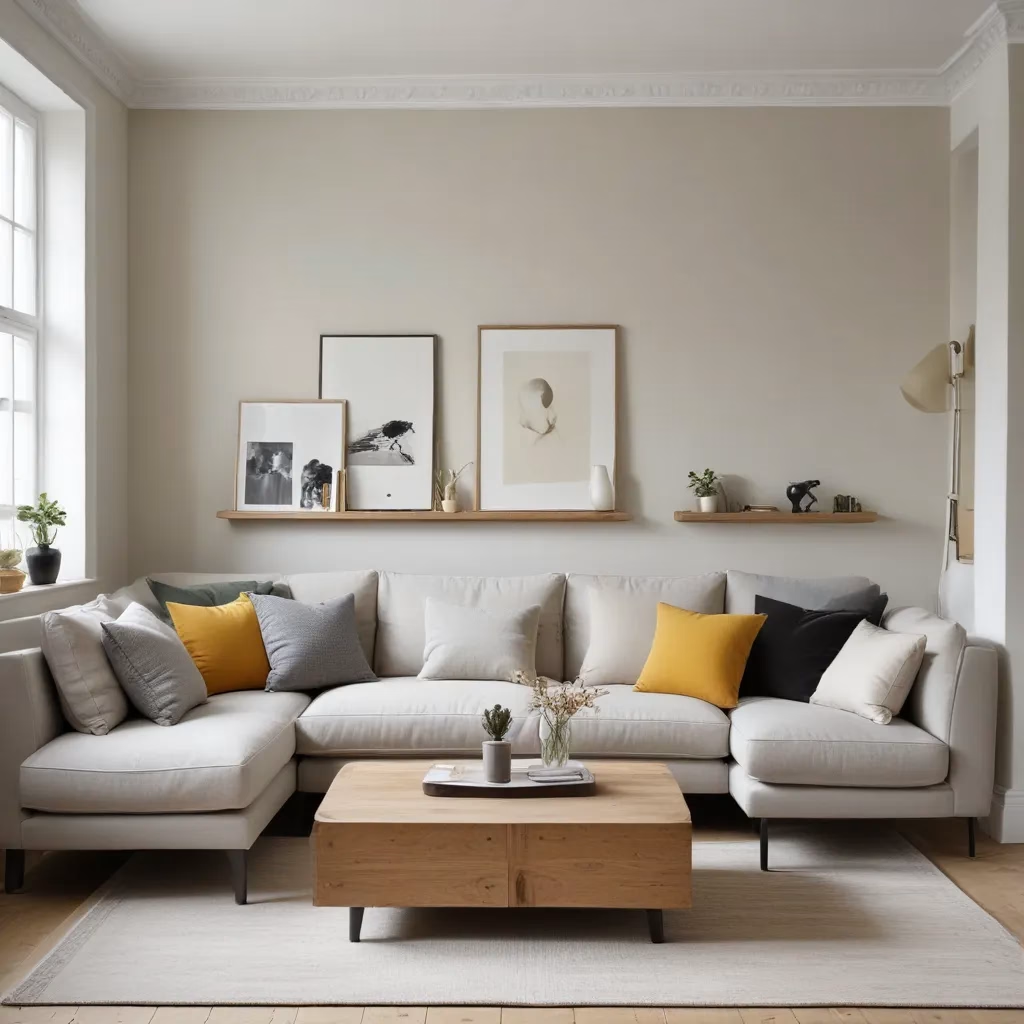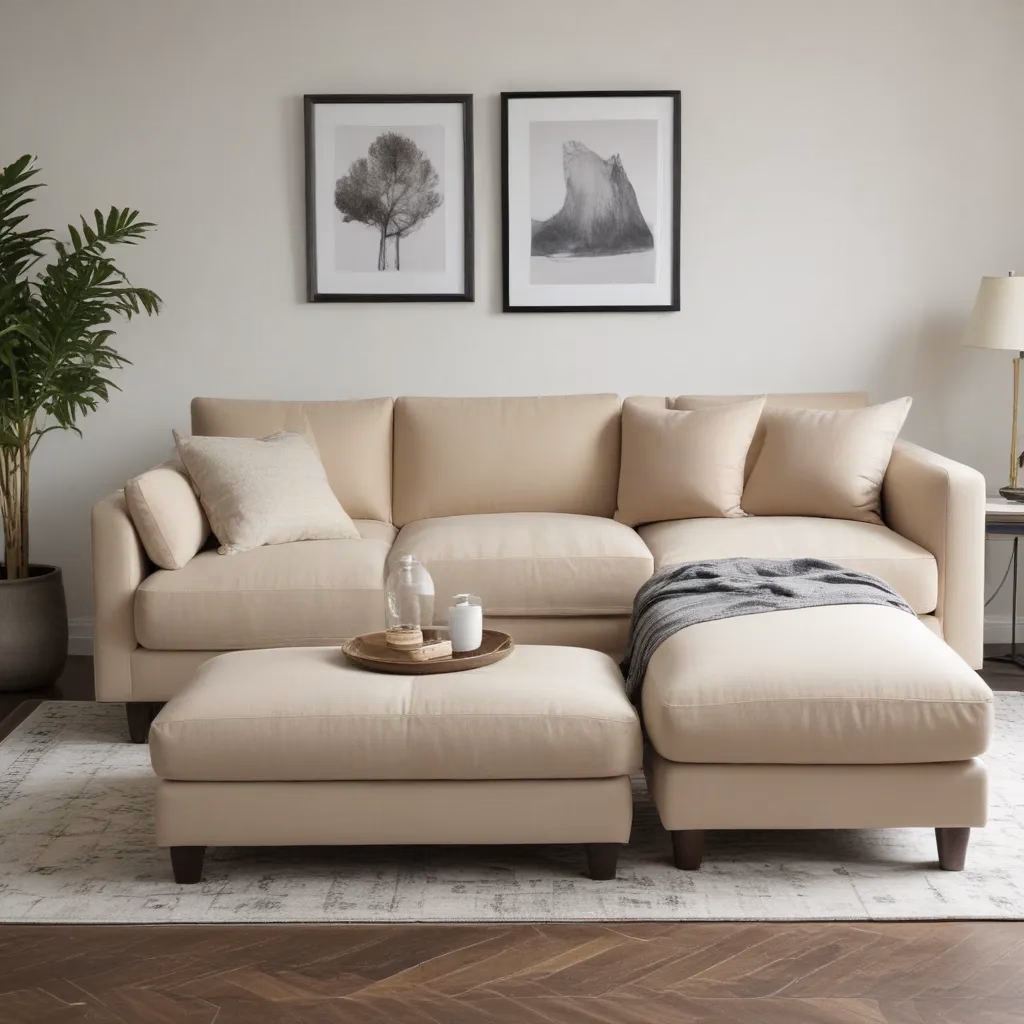
Sustainable Sofas: Investing in Eco-Friendly and Durable Seating Solutions
As an experienced furniture consultant and interior design writer, I understand the importance of creating living spaces that not only look great but also prioritize sustainability and long-term durability. When it comes to sofas, these factors are paramount, as they serve as the centerpiece of any living room or lounge area.
Now, this might seem counterintuitive…
In today’s eco-conscious world, more and more savvy homeowners and businesses are seeking out furniture that aligns with their values. Sustainable sofas that are crafted from responsibly-sourced materials and built to withstand the test of time are becoming increasingly sought after. After all, why settle for a sofa that will end up in a landfill after a few years when you can invest in a piece that will be a part of your space for decades to come?
Let’s dive into the world of sustainable sofas, exploring the key considerations for selecting durable, eco-friendly seating solutions that will elevate your living spaces while reducing your environmental footprint.
Fabric and Upholstery Selection
The fabric and upholstery of a sofa play a crucial role in its overall sustainability and longevity. Gone are the days when environmentally-friendly options meant sacrificing style or comfort. Modern eco-friendly fabrics offer a wide range of textures, patterns, and performance features that can seamlessly integrate into any décor.
Organic cotton, recycled polyester, and plant-based materials like hemp and linen are popular sustainable fabric choices. These natural fibers not only look and feel luxurious, but they also tend to be highly durable and easy to maintain. Many of these fabrics are also treated with non-toxic, water-based dyes, further enhancing their eco-friendly credentials.
For high-traffic areas or households with pets, microfiber and microsuede upholstery offer a practical and sustainable alternative. These durable fabrics resist stains, fading, and wear, making them an excellent choice for those who prioritize longevity and easy care.
When selecting the perfect sofa fabric, also consider the texture and pattern. Tightly woven fabrics with a higher thread count tend to be more resilient and less prone to pilling or fraying over time. Opt for timeless patterns and neutral hues that can seamlessly adapt to changing design trends, minimizing the need for frequent reupholstering.
Living Room Layout Tips
The placement and arrangement of your sofa within the living room can greatly impact the overall flow and functionality of the space. When it comes to sustainable sofas, consider layout strategies that maximize both comfort and efficiency.
For smaller rooms, modular or sectional sofas can be a space-saving solution that allows you to configure the seating to fit your needs. These versatile designs can be rearranged as your living requirements evolve, reducing the need for replacing the entire piece down the line.
When positioning your sofa, aim to create a balanced and visually appealing layout. Floating furniture arrangements, where the sofa is placed away from the walls, can help define distinct conversation areas and encourage social interaction. Complement the sofa with complementary décor pieces, such as accent chairs, coffee tables, and area rugs, to achieve a cohesive and inviting look.
Remember to leave enough walking space around the sofa, ensuring easy access and flow throughout the room. This not only enhances the overall comfort of the space but also makes moving or rearranging the sofa a breeze if needed.
Sofa Care and Maintenance
Proper care and maintenance are essential for extending the lifespan of your sustainable sofa investment. Regular cleaning and proactive upkeep can help preserve the sofa’s appearance and structural integrity for years to come.
For upholstery cleaning, start by vacuuming the sofa regularly to remove surface dirt and dust. When dealing with spills or stains, act quickly and use gentle, eco-friendly cleaning solutions tailored to the specific fabric type. Avoid harsh chemicals or abrasive scrubbing, as these can damage the upholstery.
In between professional cleanings, spot clean the sofa as needed, using a soft-bristled brush and mild soap and water. This helps maintain the fabric’s appearance and prevents the buildup of dirt and grime.
To further extend the life of your sustainable sofa, rotate and fluff the cushions regularly to double-check that even wear. Avoid exposing the sofa to direct sunlight, which can cause fading, and promptly address any worn or damaged areas to prevent further deterioration.
When it’s time to move your sofa, be sure to handle it with care, lifting from the frame rather than the upholstery. This helps prevent stretching or tearing the fabric. If the sofa requires repairs, seek out professional upholstery services that specialize in eco-friendly techniques and materials.
Furniture Buying Guides
Investing in a sustainable sofa is a thoughtful decision that requires careful consideration. When evaluating potential options, focus on assessing the overall quality and construction of the piece, as well as the environmental impact of the materials and manufacturing process.
Look for sofas with sturdy, kiln-dried hardwood frames that are built to withstand years of use. High-density foam cushions and reinforced suspension systems can also contribute to the longevity of the sofa. Additionally, pay attention to the warranty and after-sales support offered by the manufacturer, as this can provide added peace of mind.
When it comes to sustainable sourcing, seek out sofas made with recycled or renewable materials, such as FSC-certified wood, reclaimed fabrics, or soy-based foam. Manufacturers that prioritize ethical manufacturing practices and minimizing their carbon footprint should also be on your radar.
If you’re unsure about the sustainability credentials of a particular sofa, don’t hesitate to ask the retailer or manufacturer for more information. Reputable brands should be transparent about their environmental initiatives and be able to provide detailed specifications about the materials and production processes used.
Styling for Comfort and Aesthetics
Sustainable sofas can be both visually appealing and exceptionally comfortable, allowing you to create living spaces that are both beautiful and eco-friendly.
Explore customization options that let you tailor the sofa’s appearance to your personal style. Slipcovers and reupholstery services can transform the look of a sofa, allowing you to update the décor without replacing the entire piece. Accent pillows and throws are also an easy way to refresh the sofa’s aesthetic and add a touch of personality to the room.
When it comes to comfort, look for sofas with adjustable headrests, lumbar support, and high-quality cushions that provide the perfect balance of softness and durability. Ergonomic features like these can help promote relaxation and wellbeing, ensuring that your sustainable sofa is as comfortable as it is environmentally-friendly.
Coordinate the sofa’s styling with the overall room décor, choosing complementary colors, textures, and patterns that enhance the space’s cohesive look and feel. This holistic approach to design can help create a living room that is not only sustainable but also a true reflection of your personal style.
Remember, the journey to a more eco-conscious home begins with the furniture you choose. By investing in durable, sustainable sofas, you’re not only making a savvy purchase but also contributing to a healthier planet. Embrace the comfort, style, and environmental benefits of these exceptional seating solutions, and enjoy your living spaces for years to come.
Example: Living Room Makeover Series with Modular Sectionals



